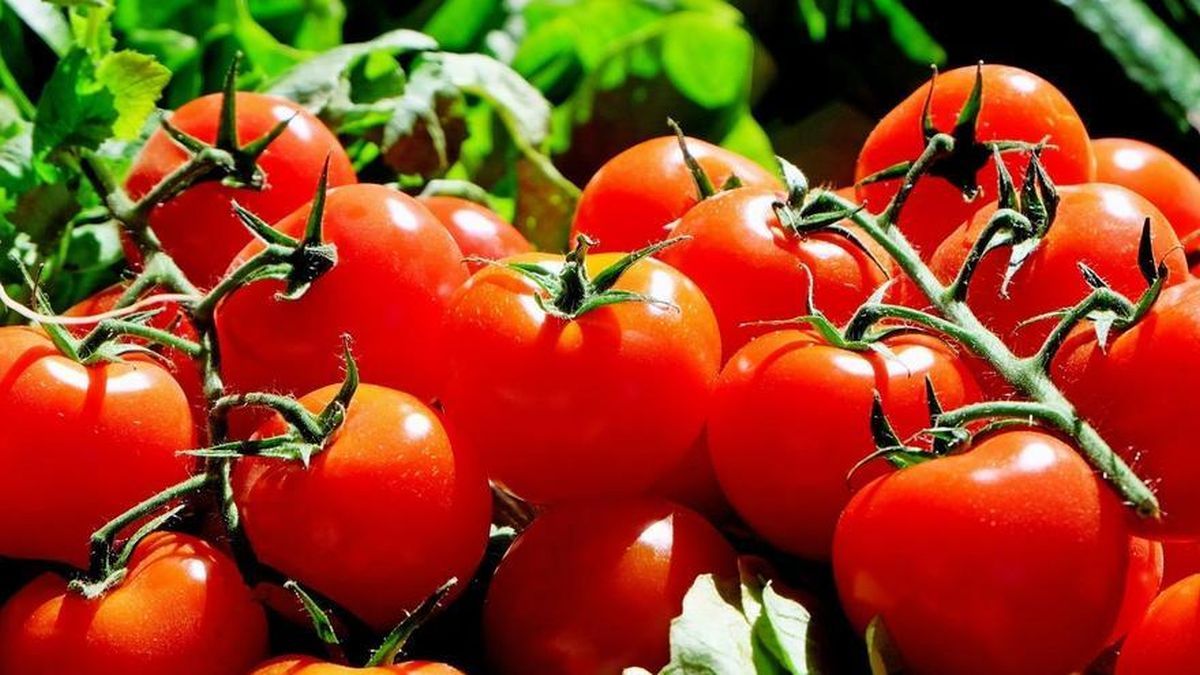The polar wave advancing on Argentina is complicating the cultivation of essential products for the family basket, As the tomato and bell peppers. This climatic phenomenon has caused a increase in prices which is around 200%, considerably affecting the budget of consumers. Thus, a kilo has already reached between $5,000 and $8,000 for both foods.
This rise was initially attributed to seasonal factors, although greengrocers warn that, once prices skyrocket, They usually go down when the situation improvesbut They do not return to previous levels, generating a constant pressure on inflation.
Tomato and bell peppers: imports grow to meet demand
To mitigate the shortage, Distributors have begun to import tomatoes from Chile and Ecuador, at a price almost 50% more expensive. In the Central Market, they point out that the gap in supply that usually occurs at this time of year has lasted longer than expected, which explains the increase in prices.
The wholesale price of large round tomatoes is between 52,000 and 55,000 pesos per 18 kilo box, although the quality is not the best. The distribution chain is waiting for the entry of merchandise from Salta and Corrientes, delayed by the frost.
Inflation Greengrocers Basket Retirees Consumption
Distributors began to import products to Chile and Ecuador
Mariano Fuchila
From the field to the shelf: the price difference in tomatoes and bell peppers
According to him Price Index at Origin and Destination (IPOD) prepared by the Regional Economies sector of the Argentine Confederation of Medium Enterprises (CAME), In April, agri-food prices multiplied by 3.5 times from the field (origin) to the shelf (destination). That is, the consumer paid $3.5 for every $1 the producer received.
Already in April, round tomato and pepper presented a gap of 2.1 times. Their prices increased both to the producer (177.4% and 82.3%, respectively) and to the consumer (37.6% and 33.9%, respectively).
According to CAME, the primary producer is not a price maker. “Although some products with a high incidence in the basket (such as, for example, onion and tomato) presented a rearrangement in producer prices, these values did not compensate for the accumulated inflation, so the first link (origin -producer) follows giving up profitability compared to the rest of the actors in the value chain. That is, the price formation structure in Argentina It is born in the gondola and disintegrates towards the backuntil it reaches the producer, when it should be the other way around.
Source: Ambito




